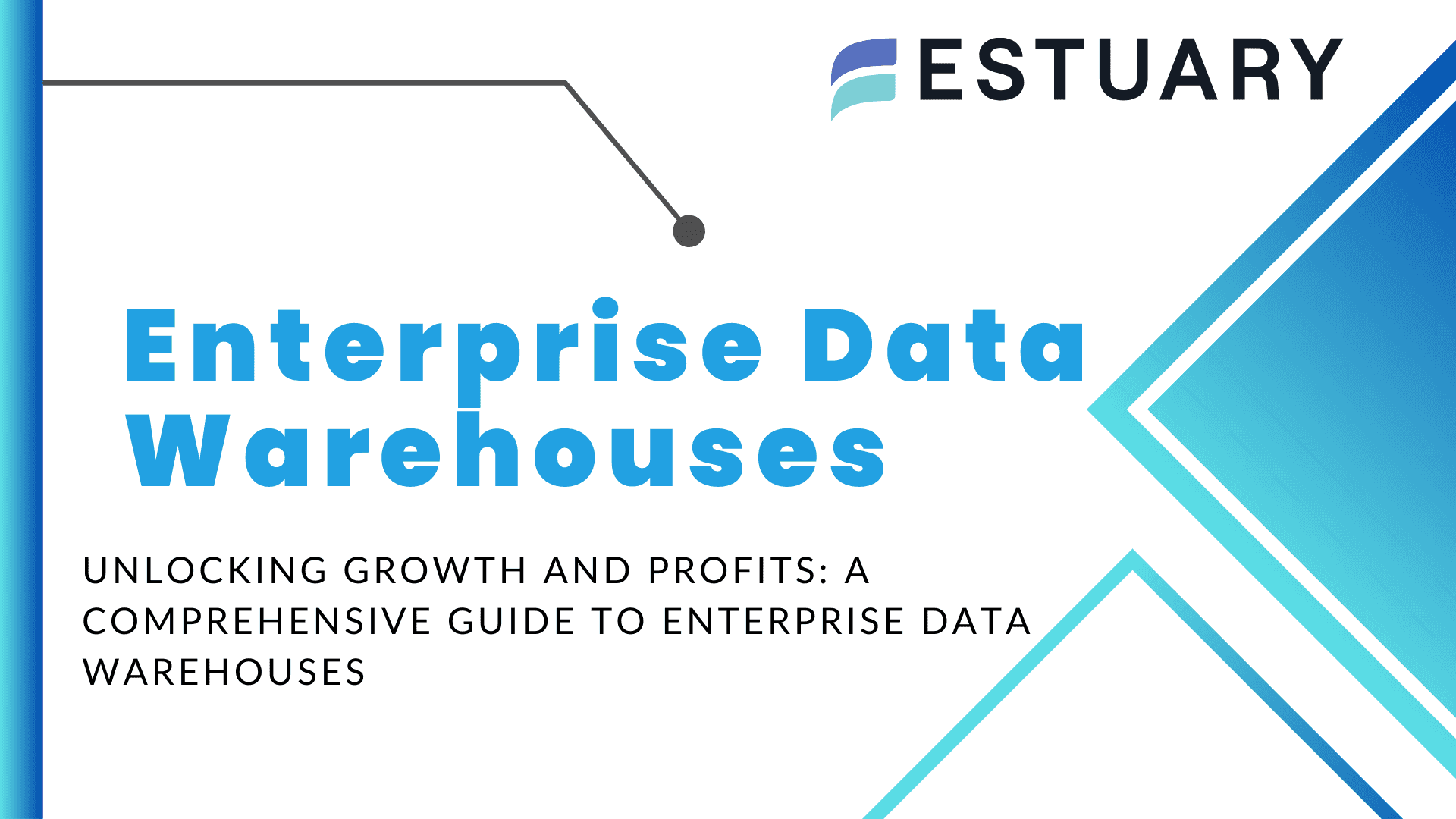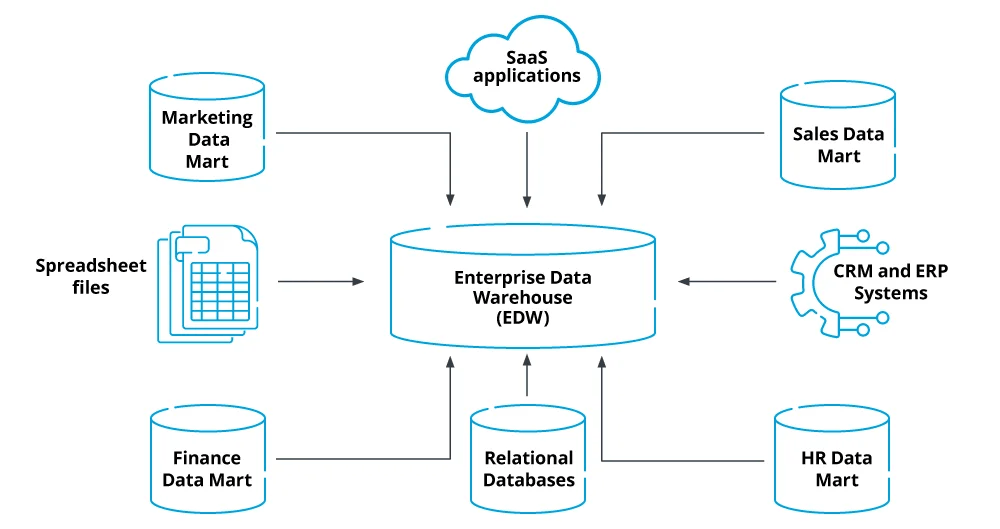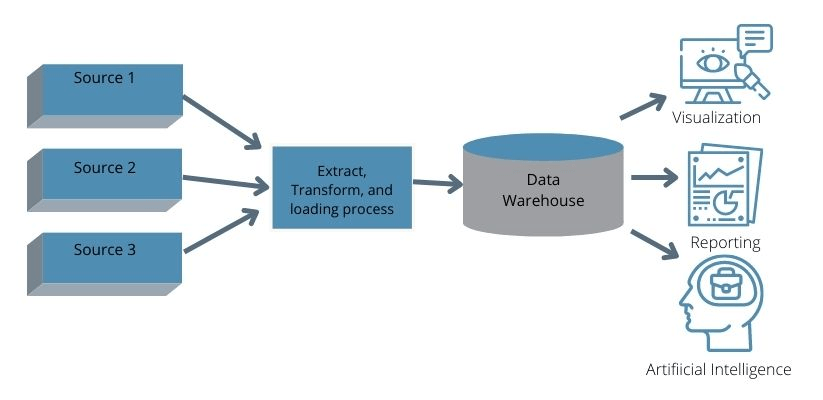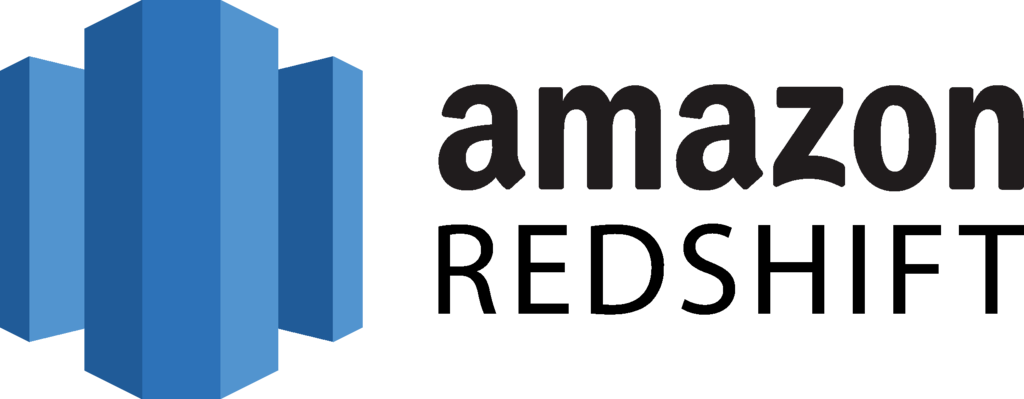Data is one of the major assets of any modern business. At the end of the day, data drives our fast-paced world. It gives us a competitive edge that can help make better, faster decisions.
However, as data continues to grow exponentially and new sources become available, it becomes more and more difficult to single-handedly extract, merge, and manage data, not to mention build all the analytics. This is where an enterprise data warehouse with the right data integration can save the day for your organization.
If you’re looking to learn more about enterprise data warehouses, you’ve come to the right place. Keep reading to learn more about what they are, the different types of data warehouses, their benefits, and an overview of some of the top data warehouses on the market today.
What is an Enterprise Data Warehouse?
An enterprise data warehouse is a solution for businesses to manage vast amounts of data. Simply put, it’s a repository of company-wide information that has been brought together from different departments. This data is then stored in a highly structured format to make it ready for analysis.
Since data is consolidated and efficiently stored inside a data warehouse, you can find, analyze, and retrieve the information you need easily. You can leverage this data for multiple use cases, including:
- Identifying underlying patterns.
- Discovering historical trends to make predictions for the future.
- Creating actionable reports.
- Aligning your business strategies with projected industry numbers.
Understanding Enterprise Data Warehouses
Since you’re running a business in a data-driven environment, you need to understand how enterprise data warehouses work. At the same time, you also have to know which data warehouse is best suited to your business and what makes an enterprise data warehouse different from more traditional data warehouses. With that in mind, let’s dive deeper into the mechanics that make up the enterprise data warehouse.
Key Components Required to Build an Enterprise Data Warehouse
Software developers use many tools to build a robust enterprise data warehouse. In this section, we’ll examine some of the main parts and their functions.
- Source. In a business, data can originate from many different sources. These sources can include Excel spreadsheets, enterprise resource planning (ERP) software, customer relationship management (CRM) software, online platforms, transactions, real-time change data capture (CDC) from databases, SaaS integrations, and many other applications. All of this data has to be extracted, cleansed, merged, and then loaded into the enterprise data warehouse.
- Transformation. There are two primary methods to extract data from your sources and transfer it to your enterprise data warehouse: using extract, transform, load (ETL) or extract, load, transform (ELT).
The ETL and ELT approaches differ in the sequence of actions. In the former, the transformation of data occurs before the final storage. With the latter, the transformation is done within the data warehouse. Despite the difference, the basic function of both methods is the same. These tools handle data extraction, cleansing, and processing. This process is pivotal for enterprise data warehouses because diverse data is converted into a suitable format for comprehensive analysis.
If you’re looking to transform vast quantities of data in real time, Estuary Flow should be your go-to ETL tool. Built on a scalable architecture, Estuary Flow offers robust real-time including the only real-time CDC support. The real-time ETL pipelines ensure continuous data transformation through streaming SQL and JavaScript. - Staging (optional). The staging part takes place between the data source and the data transformation processes. It acts as a transient landing area for raw data before reaching the enterprise data warehouse, and is often used to support ETL. Using ETL, the raw data is cleaned, duplicated, standardized, and formatted into a structure that aligns with your organization’s database system. Staging ensures that your final data is consistent and ready for analysis.
- Metadata tier. Metadata is basically a detailed description of all your data from cradle to grave - from when it is first created, modified over time, and eventually retired and archived or deleted. It’s usually stored as data in a database.
Sometimes, around your enterprise data warehouse, you may also have data marts, which are purpose-built data sets for a specific department or use case. The data is optimized to help perform specific types of analytics and improve performance. - Data storage. As data is ingested, it is stored in a format optimized for queries. This is unlike a data lake, where the storage can be accessed by different query engines. This optimization helps improve query performance.
- Query engine. Each time a query is received, a query engine optimizes it for performance based on the underlying storage and indexes available. In the case of decoupled storage and compute, it will fetch the needed data from remote storage into its own local storage (cache) before executing the query. The query engine will then execute the query and return the results.
What are the Different Types of Enterprise Data Warehouses?
Before choosing your enterprise data warehouse, you first must gain an understanding of the different types of data warehouses available on the market today. This will help you make an informed choice and select the option that meets your requirements best.
On premises
An on-premises data warehouse is the most traditional form of data warehouse. Here, you will have to allocate servers and storage, and install everything from the operating system to the data warehouse software on your own. You’ll also need to hire a team of trained data engineers and administrators to manage and maintain your data warehouse and underlying server infrastructure.
Since your data is being stored on physical servers, you can establish direct connections with your enterprise data warehouse from within the four walls of your business. However, this type of data warehouse can be expensive to maintain in the long run. As the volume of data increases, you will have to ensure your systems are up-to-date, upgraded, and can handle the capacity. Most on-premises data warehouses do not have elastic scalability, which comes from decoupled storage and compute. If you don’t have scalable infrastructure in place, increasing demand can eventually lead to higher latency or downtime, resulting in operational issues.
Cloud
Think of a cloud data warehouse as an outsourced data warehouse, completely managed by a cloud service provider.
One major advantage of cloud data warehouses is that you don’t have to spend a lot of money maintaining your own data servers. All the hardware and software setup, maintenance, and computational resources are taken care of by your vendor; you’re only required to pay for the services you use. So, if you’re just starting out, your business is still at a nascent stage, or you want to minimize business costs, setting up shop in the cloud can work wonders for you.
Most cloud data warehouses are also more modern than their on-premises predecessors. Decoupled storage-compute first appeared in cloud data warehouses, not on premises. They also have better support for more modern data pipeline practices and use cases, such as DataOps, or AI.
Hybrid
In the case of a cloud data warehouse, you might be concerned about the safety of your data. Since your data is stored in the vendor’s cloud, you may feel apprehensive about data leaks or breaches in security even if a vendor has all the certifications, or require data to be on premises. To alleviate this and keep your data closer, you may be best off choosing a hybrid data warehouse.
A hybrid solution enables you to keep highly confidential data on premises, which brings it under the control of your business. The rest of the data can be stored in a public cloud service. This way, your most sensitive data can be protected. However, you may still have to spend some of your capital to upgrade your on-prem data warehouse infrastructure.
Enterprise Data Warehouse Benefits
At this point, you’re aware of how an enterprise data warehouse works and which kind probably makes the most sense for your business. Now, it’s time to learn about the benefits an enterprise data warehouse can bring to your business.
Efficiency
Without an enterprise data warehouse, each department ends up being responsible for their own analytics. While they may end up using data that they believe is correct, it often ends up being inconsistent with data from other departments, which can make an executive team not trust the analysis or be able to merge analytics for company-wide use.
With an enterprise data warehouse, the data becomes consistent — making it easier to see the bigger picture. The analytics from different departments can be brought together across the company with consistent results, which improves coordination across the organization.
Enhanced Customer Service
A data warehouse is often the only, and most accurate record of each customer and their entire history of interactions with your company, including orders, purchase history, and behavioral patterns. The reason is most operational applications don’t actually keep all this information.
Analyzing customer history can help you improve the end-to-end customer experience, which leads to increased customer satisfaction, loyalty, and retention, which in turn helps increase per-customer revenues and profitability.
Accurate Data Across Locations
Obtaining timely and reliable data to drive your business is crucial. It’s even more important when your business has several distributed offices scattered across the country or the globe. An enterprise data warehouse not only aggregates real-time data from different locations but also standardizes the raw data per your business metrics and regulations — giving you access to a single source of truth.
The Top Enterprise Data Warehouses Available Today in the Cloud
The benefits of enterprise data warehouses speak for themselves. Now, it’s time to explore three of the most popular enterprise data warehouses on the market today, which are all cloud data warehouses:
Amazon Redshift
Redshift is Amazon’s cloud-based enterprise data warehouse. It’s a public cloud service provider that uses a pay-as-you-go approach and gives you flexible pricing options that suit your company’s needs.
Google BigQuery
BigQuery is Google Cloud’s fully managed data warehouse. It’s well-known for being able to stream large amounts of data in real time. BigQuery also gives you a native integration with Google Cloud Analytics.
Snowflake
Snowflake is a multi-cloud, scalable enterprise data warehouse. It’s user-friendly and flexible to handle data requirements of different volumes.
Why is Data Integration Important to your Enterprise Data Warehouse?
If you are seeking a data integration platform to establish comprehensive data pipelines to your enterprise data warehouse, you can go with Estuary Flow.
Estuary is a real-time data integration platform that offers 150+ native streaming and batch connectors - as well as support for 500+ 3rd party connectors from Airbyte, Meltan, and Stitch - to various data sources, databases, and enterprise cloud warehouses. Here’s a quick glimpse of some of its most prominent features:
- No-code Connectivity: A notable feature of Estuary is its code-free connectors. You can extract your datasets from multiple sources and load it to various destinations without writing a single line of code.
- ETL and ELT Transformations: With Estuary Flow, you get the autonomy of choosing real-time or batch transformations through SQL (ETL), TypeScript (ETL), or dbt (ELT). You can choose to transform and merge data before moving it to your preferred enterprise data warehouse (ETL) or transform the data after loading it (ELT).
- Stream Store: The Stream Store feature in Estuary facilitates storing data in your own cloud storage as it arrives from various sources and undergoes transformations. This functionality is crucial for ensuring each record change is captured exactly once, and delivered to each target exactly once without having to go back to the source.
Takeaways
Enterprise data warehouses support all types of organizations. After assessing their key components and understanding their benefits, you now have a better idea about which one you should move ahead with — or at least which you should continue exploring.
If you have employees who specialize in managing data warehouses, you can choose to go with an on-premises or a hybrid data warehouse. If you go this route, just be prepared to invest in the infrastructure and dedicate a particular room in your office complex.
However, if you don’t want that, you can opt for cloud enterprise data warehouses. This approach will save you the hassles of regularly updating your databases and maintaining servers in-house, helping you focus solely on data analysis.
To enhance your decision-making and strategy skills with dynamic enterprise data warehousing solutions, you can use Estuary Flow. With Flow, you can extract your data from diverse sources and easily add connectors through Flow’s open protocol. Sign up for Flow today!











